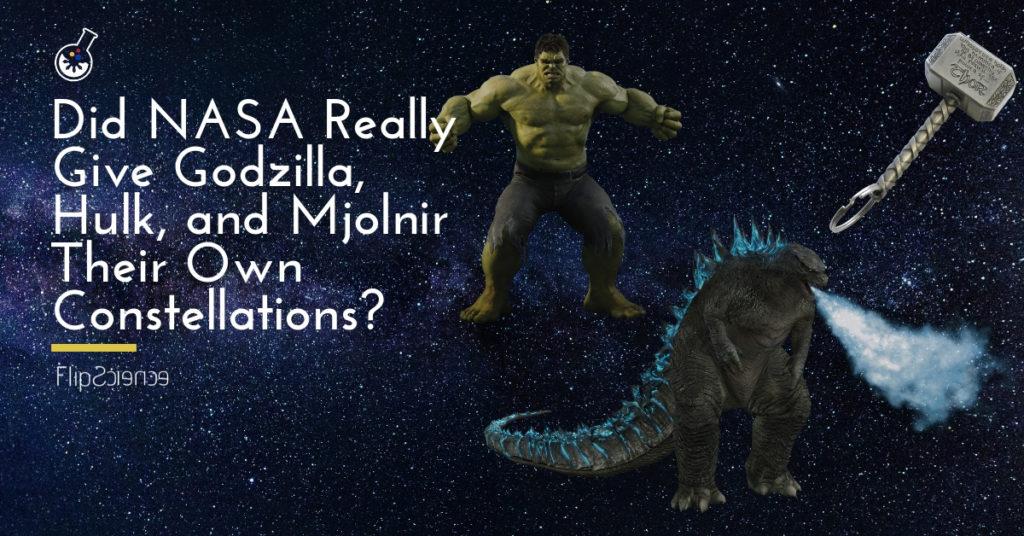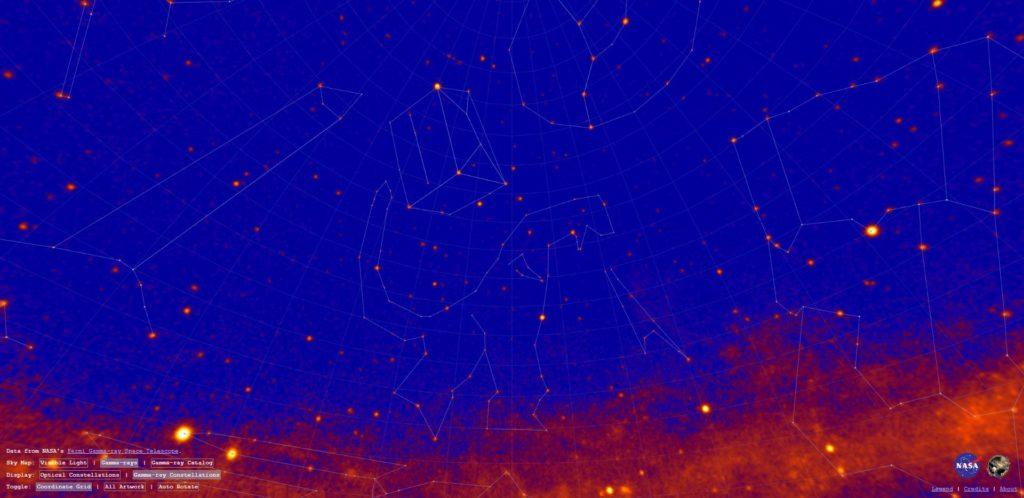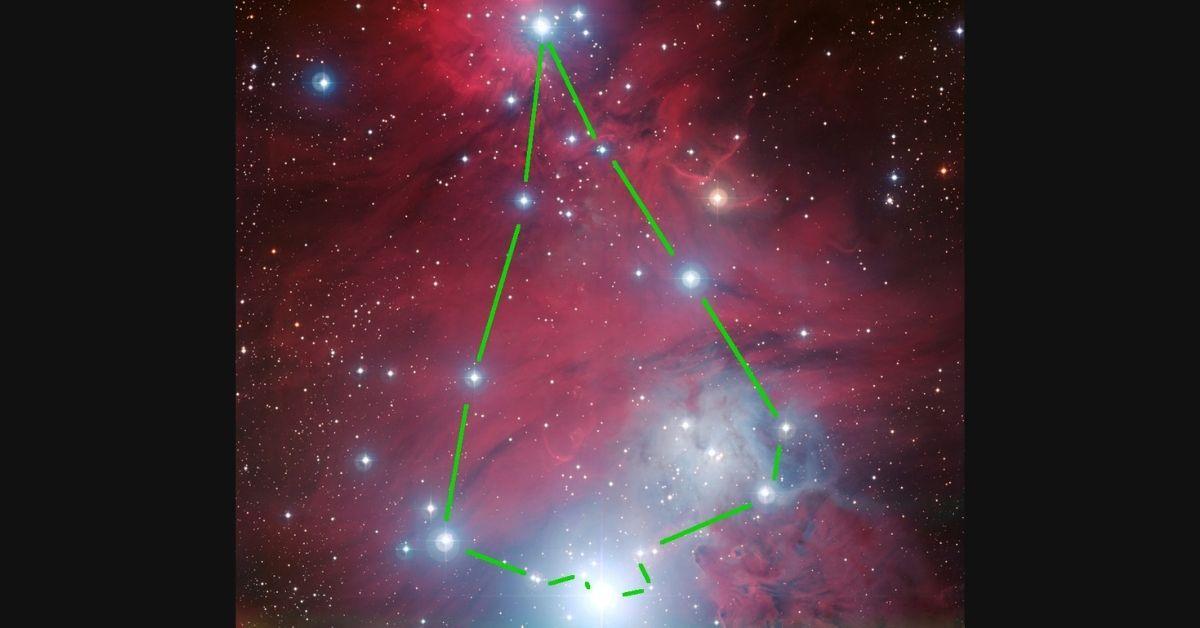Apart from curiosity and a sense of wonder, humanity has also always exhibited pareidolia, or the tendency to look for patterns in random, unrelated objects. Incidentally, the vastness of space, with its stars of varying sizes and brightness, has fascinated humans for centuries. Thus, it’s not surprising how our ancestors ended up recognizing consistent star patterns in the nighttime sky.
Those patterns, called constellations, have proven to be primarily useful in agriculture and navigation, as well as in pinpointing the precise locations of stars. Today, there are officially 88 constellations recognized by astronomers, with each of them bearing the names of the mythological heroes, animals, or objects they resemble.
However, stars are not the only forms of light that one can observe from the sky. In fact, since its launch on June 11, 2008, the Fermi Gamma-ray Space Telescope has mapped over 3,000 individual gamma-ray objects in outer space. To celebrate this, the National Aeronautics and Space Administration (NASA) came up with 21 unofficial gamma-ray constellations. Many of these were named after well-known figures in contemporary science and pop culture.
In other words, yes. Godzilla, the Hulk, Thor’s hammer Mjolnir, and even Doctor Who’s TARDIS have been immortalized in the sky, in a manner of speaking.

The official website of NASA’s Fermi gamma-ray telescope uses data to reflect the accurate positions of the gamma points and constellations in the sky.
Confustication in the constellations
Don’t expect to look at the stars and see Bruce Banner’s angry alter-ego screaming at you, though.
These gamma constellations aren’t quite like Orion’s Belt, the Big Dipper, or any of the other traditional, visible-light constellations. It’s safe to say that most of the gamma-ray points that constitute them aren’t stars.
The Fermi telescope detects gamma rays beyond the visible spectrum. To see these gamma formations, you’ll need a telescope capable of detecting their individual points from incredibly long distances. (Luckily, you can see how the gamma constellations look like on the official Fermi website.)
In fact, we’re not even sure about the specific sources of these gamma rays. NASA says they could be pulsars, supernova energy explosions, blazars, or galaxies like ours.
Astrophysicists haven’t officially recognized these gamma constellations yet, though. Right now, their only purpose is to emphasize the scope and impact of Fermi’s ten-year journey.
“By 2015, the number of different sources mapped by Fermi’s LAT had expanded to about 3,000 — 10 times the number known before the mission,” according to Elizabeth Ferrara, project leader. “For the first time ever, the number of known gamma-ray sources was comparable to the number of bright stars, so we thought a new set of constellations was a great way to illustrate the point.”
There’s certainly no harm in mixing creativity, pop culture, and astronomy for a bit of space-themed fun. Besides, it’s impossible to say “Pick up your gamma telescope and just follow the TARDIS!” without smiling.
Cover photo: Marvel Studios/Warner Bros. Pictures/Toho
References
- http://curious.astro.cornell.edu/ask-a-question/117-the-universe/stars-and-star-clusters/constellations/375-what-are-constellations-used-for-intermediate
- https://fermi.gsfc.nasa.gov/science/constellations/about.html
- https://www.nasa.gov/feature/goddard/2018/nasa-s-fermi-mission-energizes-the-sky-with-gamma-ray-constellations
Author: Mikael Angelo Francisco
Bitten by the science writing bug, Mikael has years of writing and editorial experience under his belt. As the editor-in-chief of FlipScience, Mikael has sworn to help make science more fun and interesting for geeky readers and casual audiences alike.








